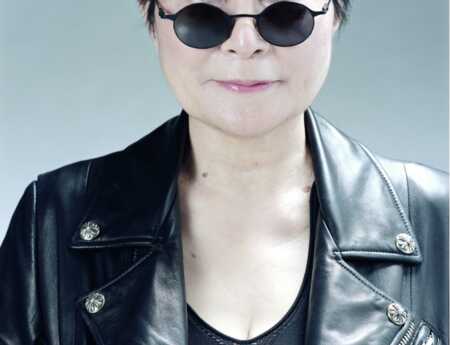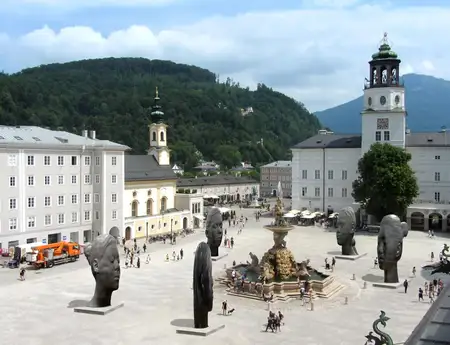Centre Pompidou
Place Georges-Pompidou
75004 Paris
France
Lithuanian Contemporary Art from the 1960s to Today. A Major Donation
MO Museum and Centre Pompidou present their collaborative exhibition, Lithuanian Contemporary Art from the 1960s to Today: A Major Donation. This is the first-ever exhibition of Lithuanian art at the Centre Pompidou, showcasing the richness and uniqueness of modern and contemporary Lithuanian art. The exhibition introduces works by several generations of artists, now part of the Centre Pompidou’s collection.
Featuring a diverse array of paintings, drawings, installations, and video art, the exhibition highlights new acquisitions by artists whose works hold significant cultural and historical importance.
In addition to contemporary art, the exhibition reveals never-before-seen artworks created between the 1960s and 1990s, during the Soviet occupation. These modernist works, long hidden due to censorship and the oppression of the Soviet regime, have been donated to the Centre Pompidou by MO Museum’s founders, Danguolė and Viktoras Butkus.
The donation includes pieces by Marija Teresė Rožanskaitė, Kazimiera Zimblytė, Linas Leonas Katinas, Marija Švažienė, Vincas Kisarauskas, and Elvyra Kairiūkštytė. Many of these artists have received recognition only posthumously. For instance, Marija Teresė Rožanskaitė (1933–2007) is currently representing Lithuania at the 60th Venice Biennale alongside Pakui Hardware.
For a long time, Lithuanian art remained a blind spot in Western European art history. MO Museum Director Milda Ivanauskienė emphasizes that this absence has been a profound loss, not just for Lithuania but for a more complete art narrative.
“This exhibition, organized by MO Museum and Centre Pompidou, bridges a historical gap. For decades, Lithuanian artists were silenced by Soviet occupation, their bold and innovative works hidden behind the Iron Curtain. The international recognition of these remarkable artists is more than an enrichment of European art history—it is a powerful act of cultural reparation. By incorporating these extraordinary works, we are restoring Lithuania’s rightful place in the history of Western European art,” Ivanauskienė explains.
Lithuania has preserved its strong cultural identity despite periods of oppression. The country’s independence in 1918 sparked a wave of modern art, blending European influences with local traditions. However, after World War II, Soviet rule silenced many artists, reducing art to an ideological tool.
“To preserve their creative freedom, artists whose practices were deemed subversive—particularly women, who faced double exclusion—often worked underground or cloaked their art in metaphors, myths, and biblical allegories. Bringing Lithuanian art to international prominence is a testament to the nation’s resilience and its relevance in contemporary discourse. Their contributions are invaluable, and this exhibition serves to highlight the voices that have long been forgotten and marginalized,” says MO Museum’s Chief Curator, Miglė Survilaitė.
Lithuania’s restoration of independence in 1990 paved the way for new conceptual, performative, and feminist art movements. A new generation of artists now explores themes of collective memory, global issues, and identity through sound, video, and installation, bridging past and future.
The exhibition features works by contemporary Lithuanian artists Eglė Rakauskaitė, Anastasia Sosunova, Andrius Arutiunian, Žilvinas Landzbergas, and Pakui Hardware, all of whom have gained international recognition for their distinct creative approaches. Their contributions continue to enrich the global art scene, and these works have been acquired by the Centre Pompidou.
Lithuanian Contemporary Art from the 1960s to Today: A Major Donation is organized by the Centre Pompidou and MO Museum, with the support of the Lithuanian Season in France 2024. The exhibition will be on display from September 14, 2024, to January 6, 2025, at the Centre Pompidou.
Since 1977, the Centre Pompidou has been deeply rooted in the city of Paris and open to the world and to innovation. Its iconic building is home to Europe’s richest and one of the world’s largest collections of modern and contemporary art, in addition to exhibitions, festivals, shows, projections, and workshops for young people. Its extremely rich programme at the crossroads of art forms and audiences attracts more than 3 million visitors every year. True to its ambition to make culture and creation available to as many people as possible, the Centre Pompidou also develops its regional and international presence.



